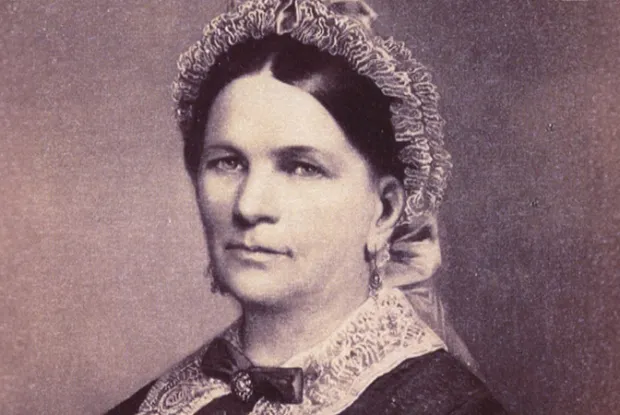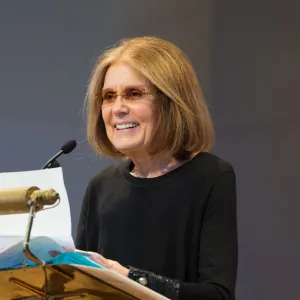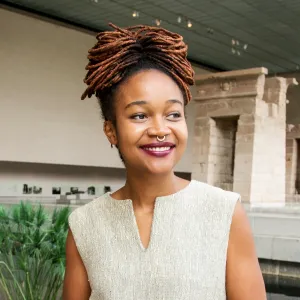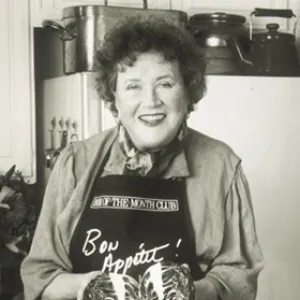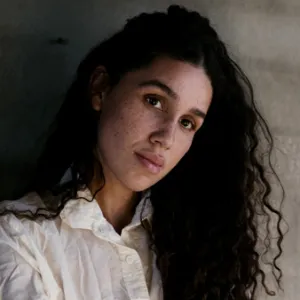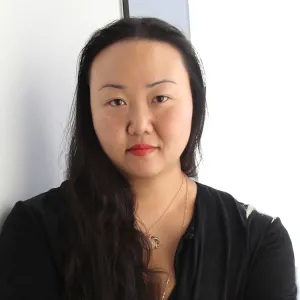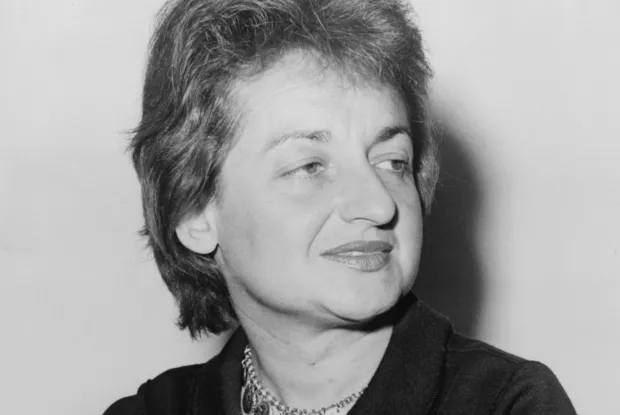History & Traditions

For 150 years, Smith has stood as a beacon for knowledge, equality, and progress—while at the same time upholding unique traditions that have come to define the Smith experience. A college rich in history, Smith has long been nurturing leaders, supporting passions, and empowering its students to change the world (and having fun along the way!).
Our Mission
Smith College educates women of promise for lives of distinction and purpose. A college of and for the world, Smith links the power of the liberal arts to excellence in research and scholarship, thereby developing engaged global citizens and leaders to address society’s challenges.
Smith College is a distinguished liberal arts college committed to providing the highest quality undergraduate education for women to enable them to develop their intellects and talents and to participate effectively and fully in society.
The college began more than 140 years ago in the mind and conscience of a New England woman. The sum of money used to buy the first land (on what had traditionally been the ancestral homelands of the Nonotuck people), erect the first buildings and begin the endowment was the bequest of Sophia Smith. When she inherited a large fortune at age 65, Sophia Smith decided, after much deliberation and advice, that leaving her inheritance to found a women’s college was the best way for her to fulfill the moral obligation she expressed so eloquently in her will:
“I hereby make the following provisions for the establishment and maintenance of an Institution for the higher education of young women, with the design to furnish for my own sex means and facilities for education equal to those which are afforded now in our colleges to young men.”
Smith has changed much since its founding in 1871. But throughout its history there have been certain enduring constants: an uncompromising defense of academic and intellectual freedom, an attention to the relation between college education and the larger public issues of world order and human dignity, and a concern for the rights and privileges of women.
Today the college continues to benefit from a dynamic relationship between innovation and tradition. And while Smith’s basic curriculum of the humanities, arts and sciences still flourishes, the college continues to respond to the new intellectual needs of today’s women—offering majors or interdepartmental programs in engineering, the study of women and gender, neuroscience, film and media studies, Middle East studies, statistical and data sciences and other emerging fields. Were Sophia Smith to revisit Northampton, she would no doubt find her vision realized, as students at her college prepare themselves for exemplary lives of service and leadership.
- Smith is a community dedicated to learning, teaching, scholarship, discovery, creativity and critical thought.
- Smith is committed to creating an inclusive, equitable and accessible educational community founded on the free and open exchange of ideas.
- Smith educates women to understand the complexity of human experience and world cultures through engagement with humanistic, social and scientific ideas.
- Smith creates global citizens, committed to participating in the communities in which they live and to stewarding the resources that sustain them.
About Our Founder
Born just a few miles from Northampton in 1796, Sophia Smith was given a meager education—like many girls of her era—but was an avid reader and believed in the power of educating women. Her last will and testament reads: “It is my opinion that by the education of women, what are called their ‘wrongs’ will be redressed, their wages adjusted, their weight of influence in reforming the evils of society will be greatly increased, as teachers, as writers, as mothers, as members of society, their power for good will be incalculably enlarged...”
Presidents
Some Notable Alums
Famous chefs, Pulitzer Prize winners, political columnists, environmental researchers, film directors, venture capitalists, physicists, poets, playwrights, CEOs—Smithies apply their learning throughout their lives in thousands of professions and communities.
A Reunion survey sparked a movement.
At her 15th Reunion in 1957, Betty Goldstein Friedan ’42 surveyed classmates to see whether they shared her dissatisfaction with being a housewife. Their responses revealed widespread unhappiness and frustration and became the foundation of The Feminine Mystique, Friedan’s 1963 bestseller that helped launch the second wave of American feminism. The book—and Friedan’s subsequent work as founding president of the National Organization for Women—made her a central figure in one of the most transformative movements of the 20th century.
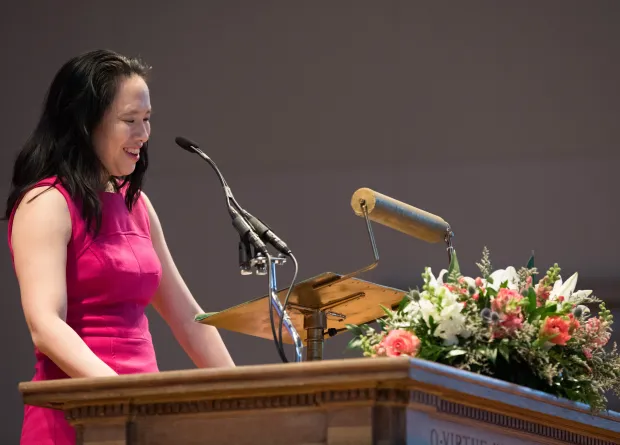
Medals and Awards
With such a vibrant and diverse community and history, Smith College has several distinctions regularly awarded to faculty members, alums, and others.
From the Sherrerd Prizes for Distinguished Teaching to the Smith College Medal, honoring exceptional work and contributions to the college and to the world is a Smith tradition in and of itself.
